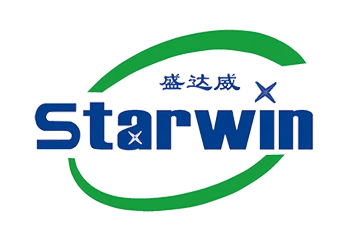What is Spray Carbon Black
Sep 28, 2022
What is Spray Carbon Black
Zero-spraying carbon black takes shale crude oil as raw material, and after spraying and zero-spraying through the nozzle, a suitable amount of air is supplied, and in a special reaction furnace, the product of combustion and cracking at a certain high temperature, that is: a part of the hydrocarbon combustion produced The heat is used for the decomposition and polycondensation of another part of the hydrocarbons to form carbon black. The formation process of carbon black can be roughly divided into four stages: initial reaction, nucleation, nucleation, polymelt formation and carbonization. The structural formula of carbon black refers to a state formed by the aggregation and fusion of carbon black particles during the production process of carbon black.
Characteristics of spray carbon black
Spray carbon black has the advantages of large particle size (average particle size is 100-300nm), good structure, and high reinforcing properties.
Application scope of spray zero carbon black
Spray carbon black is widely used in aviation, aerospace, rubber, chemical industry and other industries. After spray carbon black is added, the vulcanized rubber has high elasticity, low heat generation, small deformation, good low temperature performance of rubber, high tensile stress, but tensile strength. and low elongation, mostly used in special rubber products. Research on spray carbon black shows that it is suitable for the manufacture of rubber products such as automobiles and machine tools. Spray carbon black is also a high-purity product, which has good retention of the physical properties of rubber, and the change in the number of added parts will not significantly affect the breaking rate of rubber products. Domestic spray carbon black is generally powdery, and the drift loss is high during the rubber mixing process.
Classification of spray zero carbon black
Spray carbon black is divided into two types: military products and civilian products. The only difference is PH value, DBP absorption value, and 100-month sieve residue content. The other 13 quality standards are the same. The 100-month sieve residue index for military products is 0, and the 100-mesh sieve residue requirement for civilian products is less than 0.03%. The economic value of military carbon black is higher than that of civilian products, so controlling the content of 100-mesh sieve residue in the product is the premise of obtaining good economic benefits.






